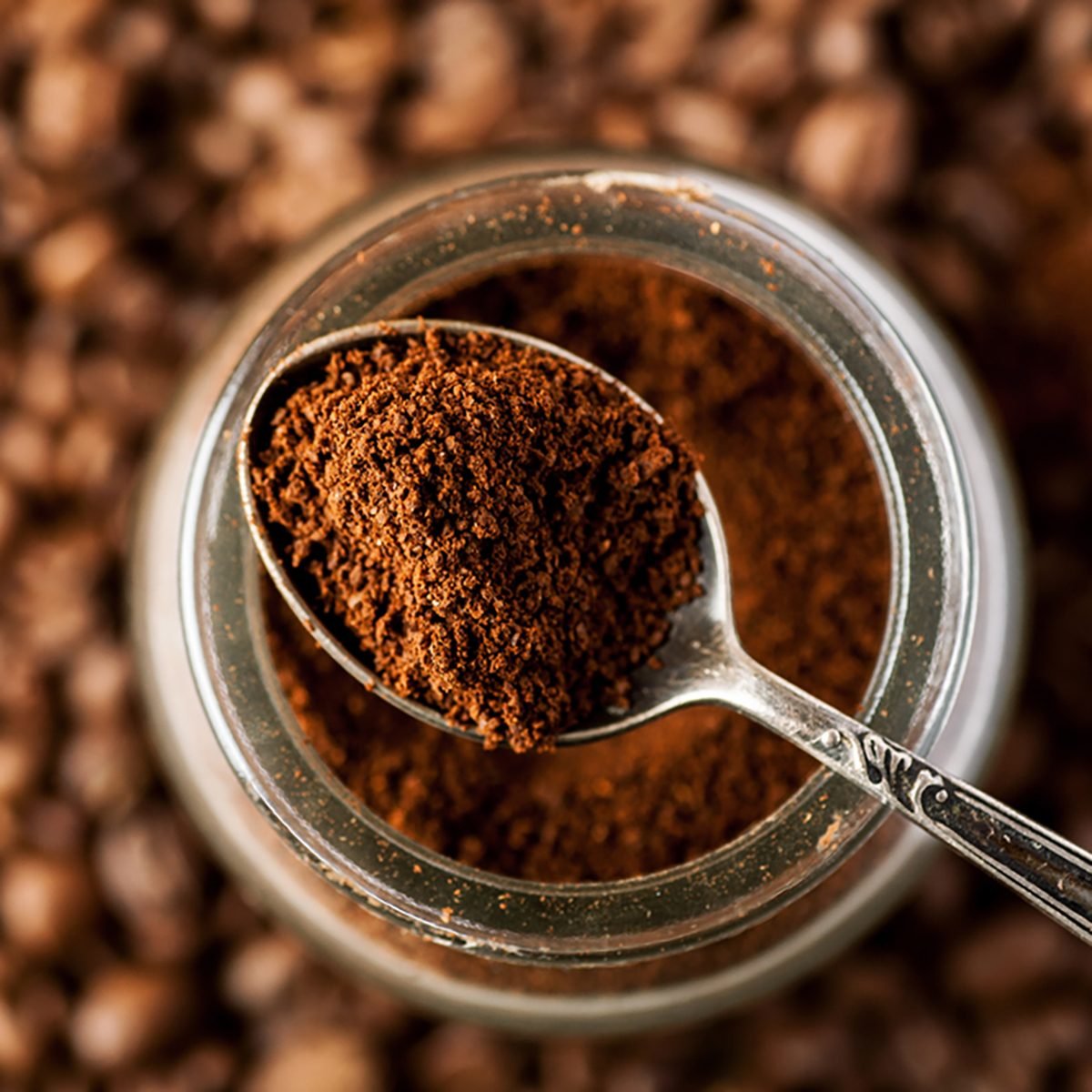

Articles
How To Store Ground Coffee Long Term
Modified: January 18, 2024
Learn how to store ground coffee for long-term freshness with these helpful articles. Discover tips and techniques to keep your coffee beans flavorful and aromatic for extended periods.
(Many of the links in this article redirect to a specific reviewed product. Your purchase of these products through affiliate links helps to generate commission for Storables.com, at no extra cost. Learn more)
Introduction
When it comes to enjoying a delicious cup of coffee, there’s nothing quite like using freshly ground beans. The aroma, flavor, and richness that freshly ground coffee offers are unparalleled. However, there are times when you might find yourself with an excess of ground coffee that you don’t want to go to waste. In such cases, knowing how to store ground coffee long term can ensure that you can continue to savor that rich coffee flavor even days or weeks after grinding.
Properly storing ground coffee is essential to preserve its freshness and quality. The enemies of coffee are oxygen, light, moisture, and heat. By protecting your coffee from these elements, you can prolong its shelf life and maintain its optimal taste. In this article, we will explore the factors to consider when storing coffee, different storage methods, and how long ground coffee can be safely stored.
Whether you’re a coffee enthusiast or simply looking to extend the shelf life of your ground coffee, this article will provide you with valuable tips and insights on how to store ground coffee long term.
Key Takeaways:
- Preserve the freshness and flavor of ground coffee by storing it in airtight, opaque containers in a cool, dark pantry. Avoid freezing or refrigerating, and use within a few weeks for the best taste.
- Keep ground coffee fresh by grinding just before brewing, using airtight containers, and avoiding exposure to light, moisture, and strong odors. Monitor for signs of spoilage and enjoy within a reasonable timeframe for optimal flavor.
Read more: How To Store Coffee Grounds Long Term
Factors to Consider When Storing Coffee
When it comes to storing ground coffee, there are several factors that you should take into consideration to ensure its longevity and quality. Here are the key factors to keep in mind:
- Airtightness: Coffee is extremely sensitive to oxygen exposure, which can oxidize the oils in the beans and lead to staleness. Therefore, it is crucial to store ground coffee in an airtight container to prevent air from coming into contact with the coffee.
- Light exposure: Ultraviolet (UV) rays from sunlight or artificial light can deteriorate the quality of coffee over time. Therefore, it is advisable to store ground coffee in a container that is opaque or in an area away from direct light.
- Moisture: Moisture is another enemy of coffee as it can promote the growth of mold and mildew, leading to a funky taste. It is important to store ground coffee in a dry environment to prevent moisture absorption.
- Temperature: Coffee beans are sensitive to temperature fluctuations, and extreme heat can accelerate the deterioration process. It is best to store ground coffee in a cool and stable environment to maintain its freshness and flavor.
By considering these factors, you can ensure that your ground coffee stays fresh and flavorful for as long as possible. In the next sections, we will discuss the different methods and containers that can help you store ground coffee effectively.
Choosing the Right Container
When it comes to storing ground coffee, choosing the right container is crucial for maintaining its freshness and flavor. Here are some factors to consider when selecting a container for your ground coffee:
- Airtightness: As mentioned earlier, the airtightness of the container is essential for preserving the quality of the coffee. Look for containers with a tight-fitting lid or airtight seals to prevent air from entering.
- Material: The material of the container can also impact the storage of coffee. Opt for containers made from materials like glass, stainless steel, or ceramic, as they are non-reactive and do not absorb odors that can affect the flavor of the coffee.
- Size: Choose a container that is appropriate for the amount of ground coffee you wish to store. It is generally recommended to store coffee in smaller quantities to limit its exposure to air.
- Opaque or Dark-Colored: To protect your coffee from light exposure, consider using containers that are opaque or dark-colored. This will help minimize the impact of UV rays on the coffee beans.
- Easy to Clean: Opt for containers that are easy to clean, as coffee oils can accumulate over time and affect the flavor of future brews. Containers that are dishwasher-safe or have removable parts are convenient options.
Remember to label your container with the roast date if you purchase pre-ground coffee, or the grinding date if you grind the coffee yourself. This will help you keep track of the freshness of the coffee and ensure that you consume it within the recommended timeframe.
By choosing the right container for your ground coffee, you can create an optimal storage environment that protects the coffee from air, light, moisture, and heat, which in turn preserves its freshness, aroma, and flavor.
Proper Storage Conditions
In addition to using the right container, it’s important to provide proper storage conditions for your ground coffee to maintain its quality and flavor. Here are some guidelines to follow:
- Cool and Dark: Store your ground coffee in a cool and dark place, away from direct sunlight or sources of heat. A pantry or cabinet away from the stove, oven, or windows is an ideal location.
- Avoid the Freezer/Refrigerator: Contrary to popular belief, storing ground coffee in the freezer or refrigerator is not recommended. The fluctuating temperatures and potential exposure to moisture can compromise the taste and quality of the coffee.
- Avoid Temperature Changes: Rapid temperature changes can cause condensation to form within the container, which can lead to moisture exposure and degradation of the coffee. Keep the storage environment as stable as possible.
- Avoid Air Exposure: Once you open the container to take out your desired portion of ground coffee, ensure you seal it back tightly immediately to minimize air exposure. Oxygen is one of the major factors contributing to coffee bean degradation.
- Keep Away from Strong Odors: Coffee is highly porous and can absorb nearby odors easily. Avoid storing ground coffee near spices, perfumes, cleaning products, or other strong-smelling substances to prevent the coffee from taking on these odors.
By providing the proper storage conditions, you can help prolong the freshness and flavor of your ground coffee, ensuring a satisfying and aromatic cup every time.
Dos and Don’ts of Storing Ground Coffee
When it comes to storing ground coffee, there are certain practices that can help maintain its freshness, flavor, and quality. Here are some dos and don’ts to keep in mind:
Read more: How To Store Coffee For Long Term
Do:
- Use an airtight container: As mentioned earlier, an airtight container is crucial to prevent air from oxidizing the coffee beans. Choose a container with a tight seal to keep oxygen out.
- Store in smaller quantities: It’s better to store ground coffee in smaller amounts to minimize its exposure to air each time you open the container. This helps to preserve its freshness.
- Keep the container cool and dry: Ensure that the storage environment is cool, dry, and away from direct sunlight or heat sources that could accelerate the coffee’s deterioration.
- Grind just before brewing: For the freshest flavor, it’s best to grind the coffee beans just before you plan to brew the coffee. This helps preserve the aroma and flavor compounds for a better-tasting cup.
Don’t:
- Store in the freezer or refrigerator: While it may seem like a good idea to extend shelf life, storing ground coffee in the freezer or refrigerator can introduce moisture and affect the flavor of the coffee.
- Expose to light: Coffee is sensitive to light, especially UV rays, which can degrade its quality. Avoid storing ground coffee in clear or transparent containers that allow light to penetrate.
- Store near strong odors: Coffee can easily absorb strong odors from its surroundings. Avoid storing it near spices, strong-smelling foods, or cleaning products that can taint the flavor of the coffee.
- Keep opening the container: Each time you open the container, you expose the coffee to air, moisture, and odors. Minimize opening the container unnecessarily to maintain the coffee’s freshness.
By following these dos and don’ts, you can ensure that your ground coffee stays fresh and flavorful for a longer period of time, delivering a delightful coffee experience with every brew.
Vacuum Sealing Ground Coffee
Vacuum sealing is a popular method for preserving the freshness of various food items, and it can also be effective for storing ground coffee. Vacuum sealing removes air from the container, creating an airtight environment that helps to prevent oxidation and maintain the aroma and flavor of the coffee. Here’s how you can vacuum seal your ground coffee:
- Use a vacuum sealer: Purchase a vacuum sealer machine that is suitable for home use. These machines typically come with sealing bags or rolls.
- Grind your coffee: It’s best to grind the coffee beans just before vacuum sealing to capture the freshest flavor profile.
- Portion the coffee: Divide your ground coffee into smaller portions that you will seal individually. This will minimize the exposure to air each time you open a bag.
- Fill the bag: Place the desired amount of ground coffee into the vacuum sealing bag. Leave some space at the top to allow for the sealing process.
- Seal the bag: Place the open end of the bag into the vacuum sealer and follow the machine’s instructions for sealing. The machine will remove the air from the bag and create a tight seal.
- Label and store: Label each vacuum-sealed bag with the roast or grinding date to keep track of the coffee’s freshness. Store the sealed bags in a cool, dark place.
Vacuum sealing can help to extend the shelf life of ground coffee, as it significantly reduces the contact with oxygen and other elements that can degrade the coffee’s quality. However, it’s important to note that once you open a vacuum-sealed bag, the coffee will be exposed to air, so it’s best to use the coffee within a reasonable timeframe.
Keep in mind that vacuum sealing may not be necessary for everyday coffee drinkers who consume their coffee relatively quickly. However, for those who buy coffee in larger quantities or want to ensure long-term freshness, vacuum sealing can be a useful method to preserve the aroma and flavor of their ground coffee.
Freezing Ground Coffee
Freezing ground coffee is a method that some people use to extend the shelf life of their coffee and maintain its freshness. While freezing can help preserve the flavor and aroma of ground coffee, it’s important to follow the right steps to ensure the best results. Here’s how you can freeze your ground coffee effectively:
- Divide the coffee: If you have a large quantity of ground coffee, consider dividing it into smaller portions that you can freeze separately. This will help maintain the quality of the remaining coffee each time you need to thaw a portion.
- Use airtight containers: Transfer each portion of ground coffee into airtight containers or freezer-safe bags. Squeeze out as much air as possible and seal the containers tightly to minimize exposure to moisture and oxygen.
- Label and date: It’s essential to label each container or freezer bag with the roast or grinding date. This will help you keep track of the freshness and ensure you use the oldest coffee first.
- Place in the freezer: Put the sealed containers or bags of ground coffee in the freezer. Try to position them in a location where they won’t be exposed to frequent temperature fluctuations.
- Thawing and using the coffee: When you need to use a portion of the frozen coffee, remove it from the freezer and allow it to gradually thaw at room temperature. Avoid refreezing coffee that has already been thawed once.
While freezing can help preserve the quality of ground coffee, it’s important to note that repeated thawing and refreezing can affect the taste and aroma. Therefore, it’s recommended to freeze only the amount of ground coffee that you know you won’t be able to consume within a reasonable time frame.
It’s also worth mentioning that freezing may cause some condensation to form on the coffee as it thaws. To minimize this, avoid frequent opening and closing of the container or bag, as it can introduce moisture.
Overall, freezing ground coffee can be a viable option for those who want to extend the shelf life of their coffee and maintain its flavor. However, it’s important to follow proper storage techniques and use the frozen coffee within a reasonable timeframe to enjoy the best possible taste.
Store ground coffee in an airtight container in a cool, dark place, away from heat and moisture. Avoid storing it in the fridge or freezer, as it can absorb odors and moisture.
Read more: How To Store Coffee Long Term
Using Oxygen Absorbers for Coffee Storage
Oxygen absorbers are small sachets or packets that contain iron powder and other chemicals that help to remove oxygen from the surrounding environment. These absorbers are commonly used in food packaging, including for coffee, to preserve freshness and extend shelf life. Here’s how you can utilize oxygen absorbers for coffee storage:
- Select appropriate oxygen absorbers: Oxygen absorbers come in various sizes and strengths. You’ll need to choose an absorber suitable for the volume of coffee you want to store. Refer to the packaging instructions for the recommended usage.
- Prepare your coffee storage containers: Ensure that the containers you plan to use for storing the coffee are clean and dry. Airtight containers, such as glass jars or resealable bags specifically designed for coffee storage, work well.
- Add the oxygen absorbers: Place the appropriate number of oxygen absorbers into each container. It is essential to work quickly as the absorbers start working as soon as they are exposed to air.
- Seal the containers: Immediately seal the containers tightly to prevent air from entering. If using resealable bags, remove as much air as possible before sealing.
- Label and date: It’s crucial to label each container with the roast or grinding date and the number of oxygen absorbers used. This helps you keep track of the coffee’s freshness and ensures you use the oldest coffee first.
- Store in a cool, dark place: Place the containers in a cool, dark location such as a pantry or cupboard. Avoid exposure to direct sunlight, heat, or moisture, as these can compromise the quality of the coffee.
Oxygen absorbers can significantly reduce the oxygen levels around the coffee, which helps slow down the oxidation process and preserves the freshness and flavor of the coffee beans. However, it’s essential to note that using oxygen absorbers is optional, and high-quality airtight containers alone can provide adequate storage for your coffee.
Remember that once you open a container with oxygen absorbers, the absorbers lose their effectiveness over time. Therefore, it’s best to use the coffee within a reasonable period and replace the oxygen absorbers as needed when storing new coffee.
Overall, using oxygen absorbers in combination with proper storage containers can help prolong the shelf life and maintain the flavor profile of your coffee, allowing you to enjoy a fresh and flavorful cup every time.
Storing Ground Coffee in the Pantry
The pantry is a convenient and commonly used storage location for various food items, including ground coffee. When stored properly, the pantry can provide an ideal environment for preserving the freshness and flavor of your coffee. Here’s how you can store ground coffee in the pantry:
- Select a suitable container: Choose an airtight container, such as a glass jar or airtight coffee canister, to store your ground coffee in the pantry. This will help protect the coffee from air, moisture, and light.
- Transfer the coffee: If your coffee comes in a bag or flimsy packaging, it’s best to transfer it to a more secure and airtight container. This will provide better protection against air exposure and help maintain the coffee’s freshness.
- Label and date: Label the container with the roast or grinding date of the coffee. This will serve as a reminder of the coffee’s freshness and allow you to use the oldest coffee first.
- Choose a cool and dark spot: Find a spot in your pantry that is cool, dry, and away from direct sunlight or heat sources. The cool temperature will help preserve the coffee’s flavor and aroma, while the darkness will protect it from light exposure.
- Avoid strong odors: Coffee is highly porous and can absorb strong odors. Keep it away from strong-smelling substances in the pantry, such as spices or cleaning products.
- Minimize air exposure: When using the coffee, try to minimize the time the container is open. Seal it tightly after each use to limit air exposure and maintain the coffee’s freshness.
Storing ground coffee in the pantry allows for easy accessibility while providing a suitable environment for preserving its quality. The pantry’s stable temperature and protected space can help to extend the shelf life of your coffee and ensure that it remains flavorful and aromatic for an extended period.
Remember to monitor the freshness of the coffee based on its shelf life or recommended expiration date. It’s generally recommended to consume ground coffee within a few weeks to two months for optimal taste. Discard any coffee that shows signs of spoilage or staleness.
By following these guidelines, you can enjoy a delicious and satisfying cup of coffee every morning, knowing that your ground coffee is properly stored and well-preserved in your pantry.
How Long Can Ground Coffee Be Stored?
The shelf life of ground coffee can vary depending on several factors, including the roast level, packaging, storage conditions, and personal preferences. While ground coffee does not “expire” in the same way that perishable foods do, it can lose its freshness and flavor over time. Here are some general guidelines for how long ground coffee can be stored:
- Roast date: Ground coffee is typically at its freshest within a few days after being roasted. If you purchase pre-ground coffee, check the packaging for the roast date. Using the coffee within a few weeks of the roast date will ensure the best flavor.
- Ground coffee from whole beans: If you grind your coffee beans at home, the shelf life of the ground coffee may be shorter. Grinding exposes the coffee to more oxygen, which can accelerate the staling process. It’s best to consume freshly ground coffee within a week or two.
- Pre-packaged ground coffee: Ground coffee that is commercially packaged and sealed can have a longer shelf life. The packaging is usually designed to preserve freshness and can extend the life of the coffee for several months.
- Storage conditions: Proper storage conditions play a crucial role in maintaining the freshness and flavor of ground coffee. Storing it in airtight containers, away from light, heat, and moisture, can help extend its shelf life.
It’s important to note that while ground coffee can be stored for an extended period, the flavor and aroma will gradually diminish over time. As coffee ages, it may become stale or develop off-flavors. Therefore, for the best tasting cup of coffee, it’s recommended to use ground coffee within a few weeks to a couple of months after the roast date.
Ultimately, the freshness and flavor of your coffee will be influenced by multiple factors. The best approach is to purchase whole coffee beans and grind them just before brewing to experience the fullest and freshest flavors. However, if you prefer the convenience of using pre-ground coffee, storing it properly and using it within the recommended timeframe will result in a more enjoyable coffee-drinking experience.
Signs of Ground Coffee Going Bad
Like any food product, ground coffee can go bad or become stale over time. It’s important to be able to recognize the signs of coffee that has gone bad to avoid unpleasant tastes and aromas. Here are some common signs that your ground coffee may no longer be fresh:
- Off aroma: When coffee goes bad, it can develop a rancid or sour smell. If you notice a musty or unpleasant odor coming from your ground coffee, it’s a strong indication that it has gone bad.
- Stale taste: Even if the coffee still smells fine, its flavor may be dull or flat. The vibrant and nuanced flavors associated with fresh coffee will be lacking, and the taste may be bitter, sour, or bland.
- Mold or moisture: Moisture can cause coffee to develop mold or mildew, especially if it has not been stored in a dry environment. Any visible signs of mold or excessive moisture in the ground coffee indicate that it should be discarded immediately.
- Clumping or caking: Over time, exposure to air and moisture can cause ground coffee to clump together or form hard cakes. This indicates that the coffee has lost its freshness and may not provide a satisfying brewing experience.
- Loss of aroma: Fresh coffee has a strong and enticing aroma. If the ground coffee no longer emits that fragrant smell or if the aroma is significantly diminished, it’s a sign that the coffee has begun to deteriorate.
- Discoloration: Ground coffee should maintain its characteristic brown color. If you notice any significant changes in color, such as a grayish or yellowish hue, it could indicate that the coffee is stale or compromised in some way.
It’s important to trust your senses when evaluating the quality of ground coffee. If you detect any of these signs, it’s best to err on the side of caution and discard the coffee. Using stale or spoiled coffee can negatively impact the taste of your brewed cup and may lead to a disappointing coffee experience.
To ensure you’re always enjoying the freshest coffee, purchase whole beans and grind them just before brewing. This allows you to experience the full range of flavors and aromas that coffee has to offer.
By actively looking out for these signs, you can ensure that you’re using fresh and high-quality ground coffee for the most enjoyable coffee-drinking experience.
Read more: How To Store Instant Coffee Long Term
Conclusion
Properly storing ground coffee is essential for preserving its freshness, flavor, and quality over time. By considering factors such as airtightness, light exposure, moisture, and temperature, you can create an optimal storage environment that prolongs the shelf life of your coffee.
Choosing the right container, such as an airtight and opaque jar, helps protect the coffee from air, light, and moisture. Storing the coffee in a cool, dark pantry away from strong odors provides an ideal environment for maintaining its freshness.
While vacuum sealing and freezing are options for long-term storage, it’s important to be aware of the potential drawbacks and follow proper techniques to avoid compromising the coffee’s flavor and quality.
Using oxygen absorbers and adhering to the dos and don’ts of coffee storage can further enhance the preservation of coffee’s freshness and flavor. Monitoring the signs of coffee going bad, such as off aroma, stale taste, mold, or clumping, helps ensure that only fresh and high-quality coffee is used for brewing.
Ultimately, the freshness and flavor of ground coffee are best preserved by purchasing whole beans and grinding them just before brewing. However, if you prefer the convenience of pre-ground coffee, proper storage techniques and using the coffee within a reasonable timeframe will result in a more enjoyable coffee-drinking experience.
With the knowledge gained from this article, you can now confidently store your ground coffee long term, ensuring that each cup you brew is rich, flavorful, and satisfying. So go ahead, savor the aroma, and indulge in the delightful experience of a perfectly brewed cup of coffee!
Frequently Asked Questions about How To Store Ground Coffee Long Term
Was this page helpful?
At Storables.com, we guarantee accurate and reliable information. Our content, validated by Expert Board Contributors, is crafted following stringent Editorial Policies. We're committed to providing you with well-researched, expert-backed insights for all your informational needs.
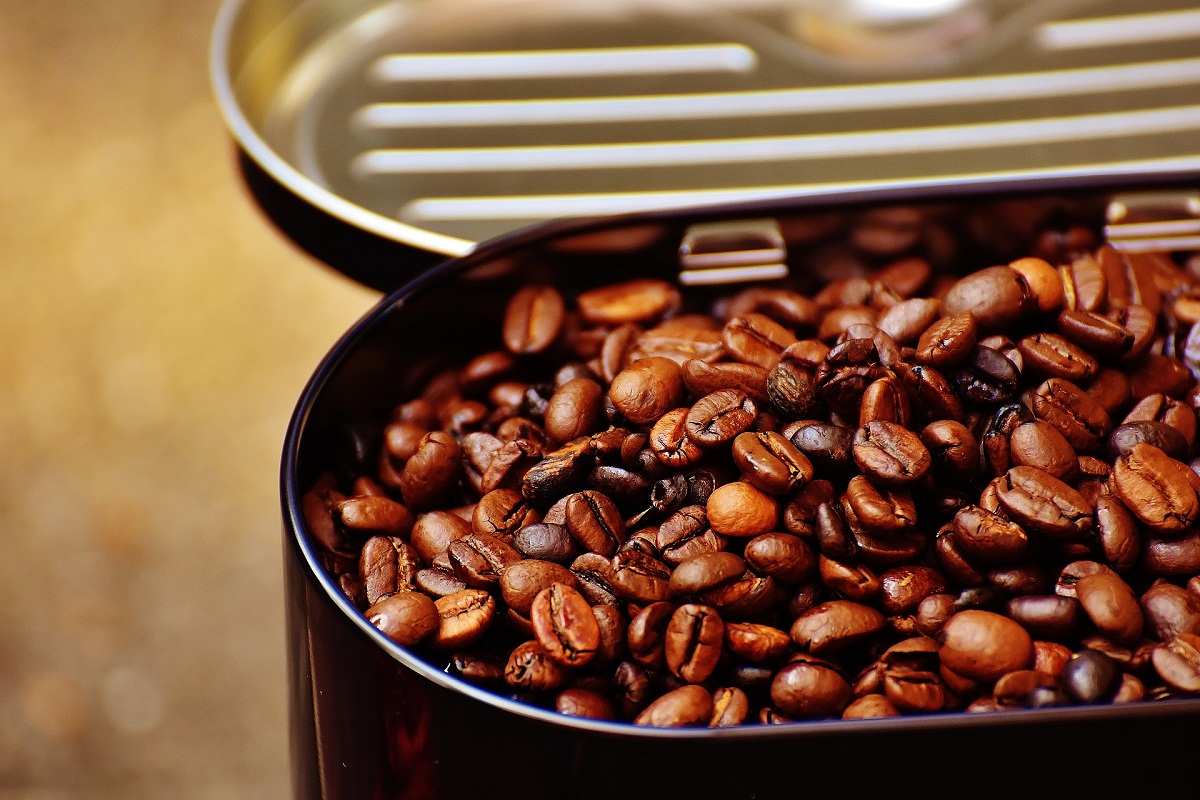
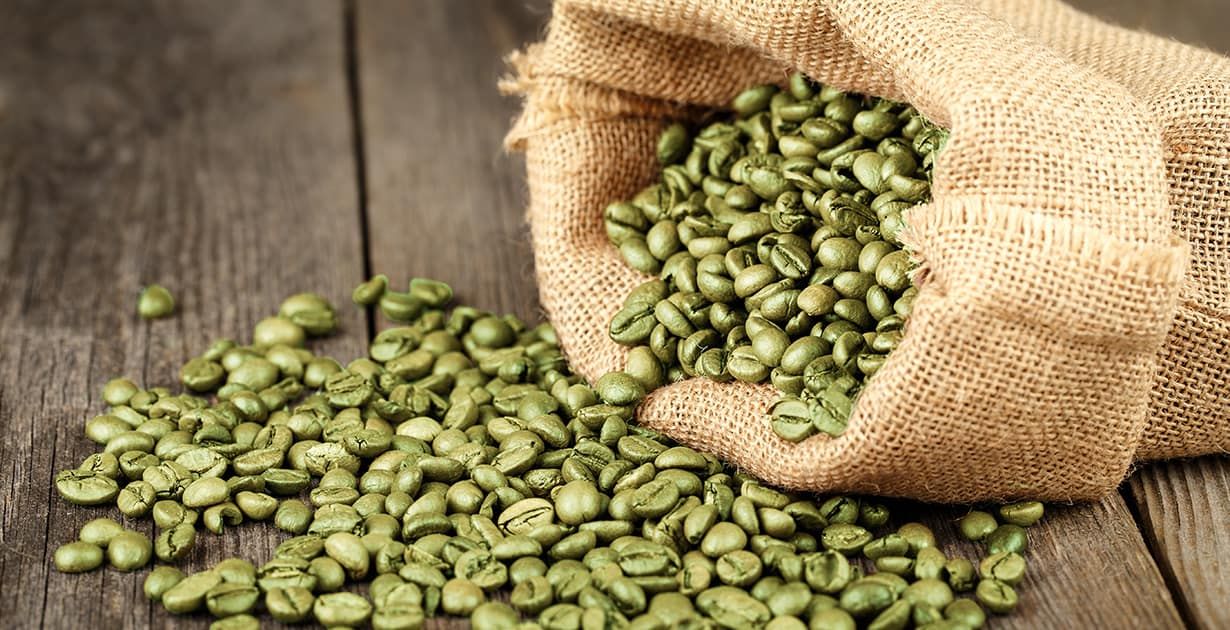
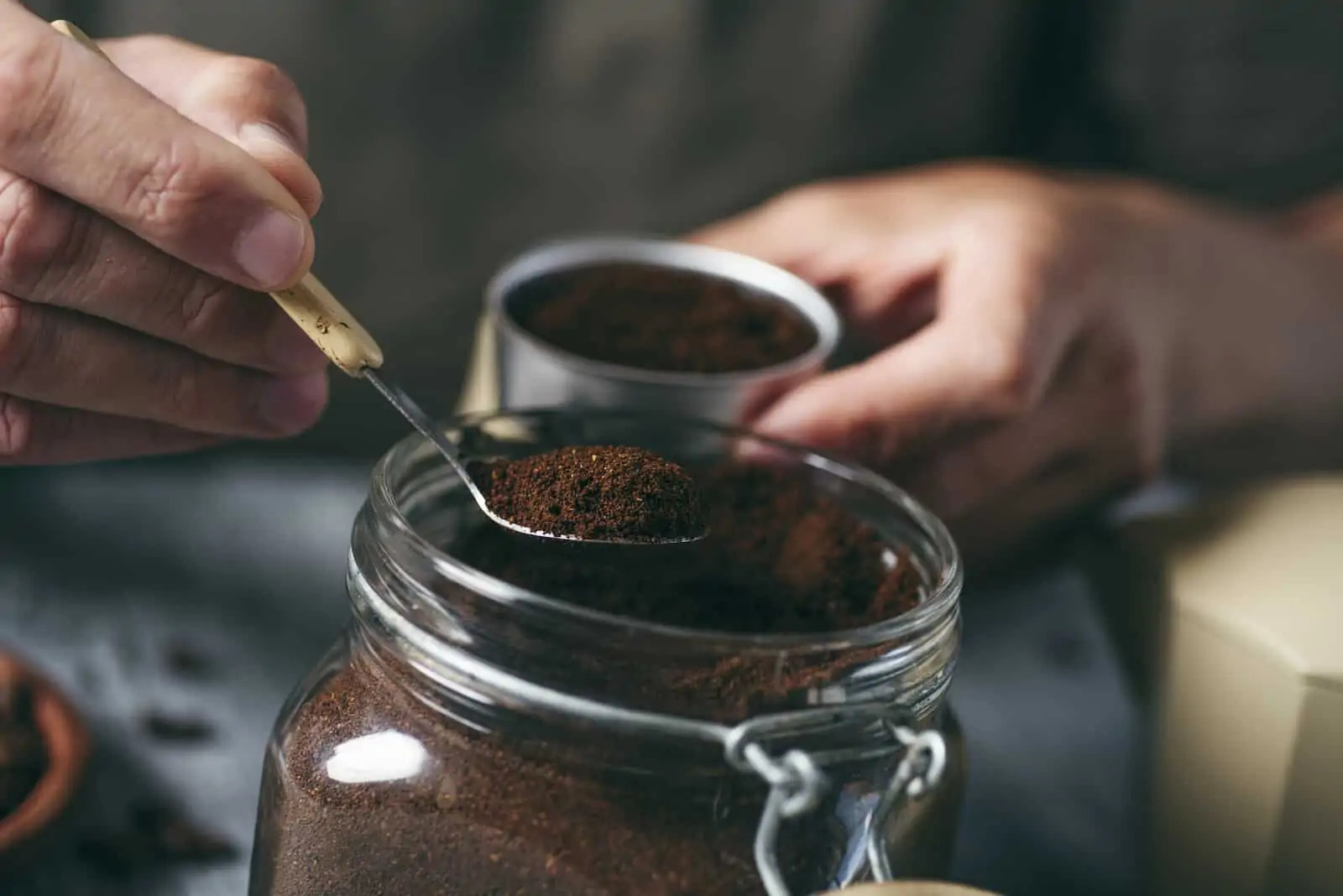
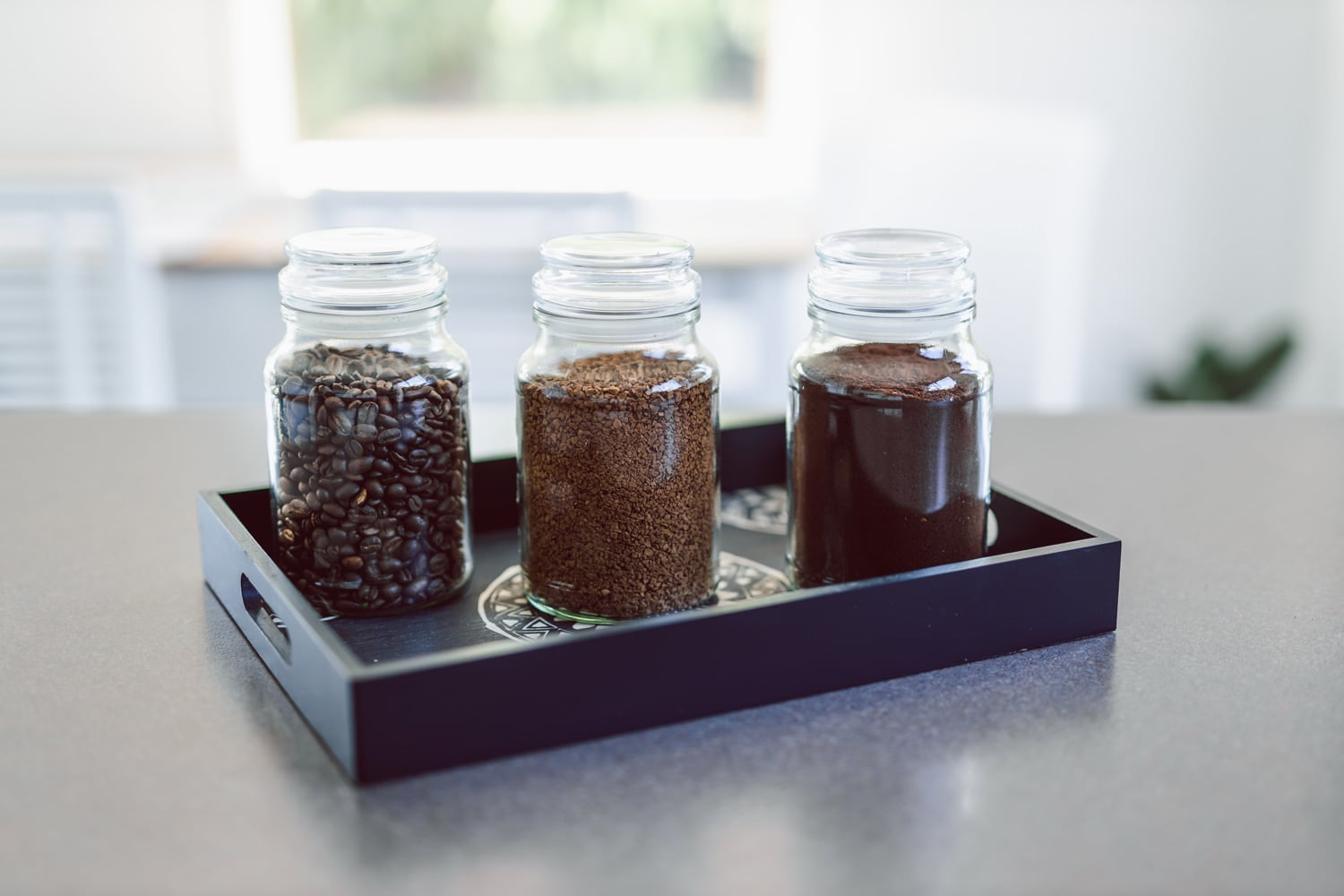
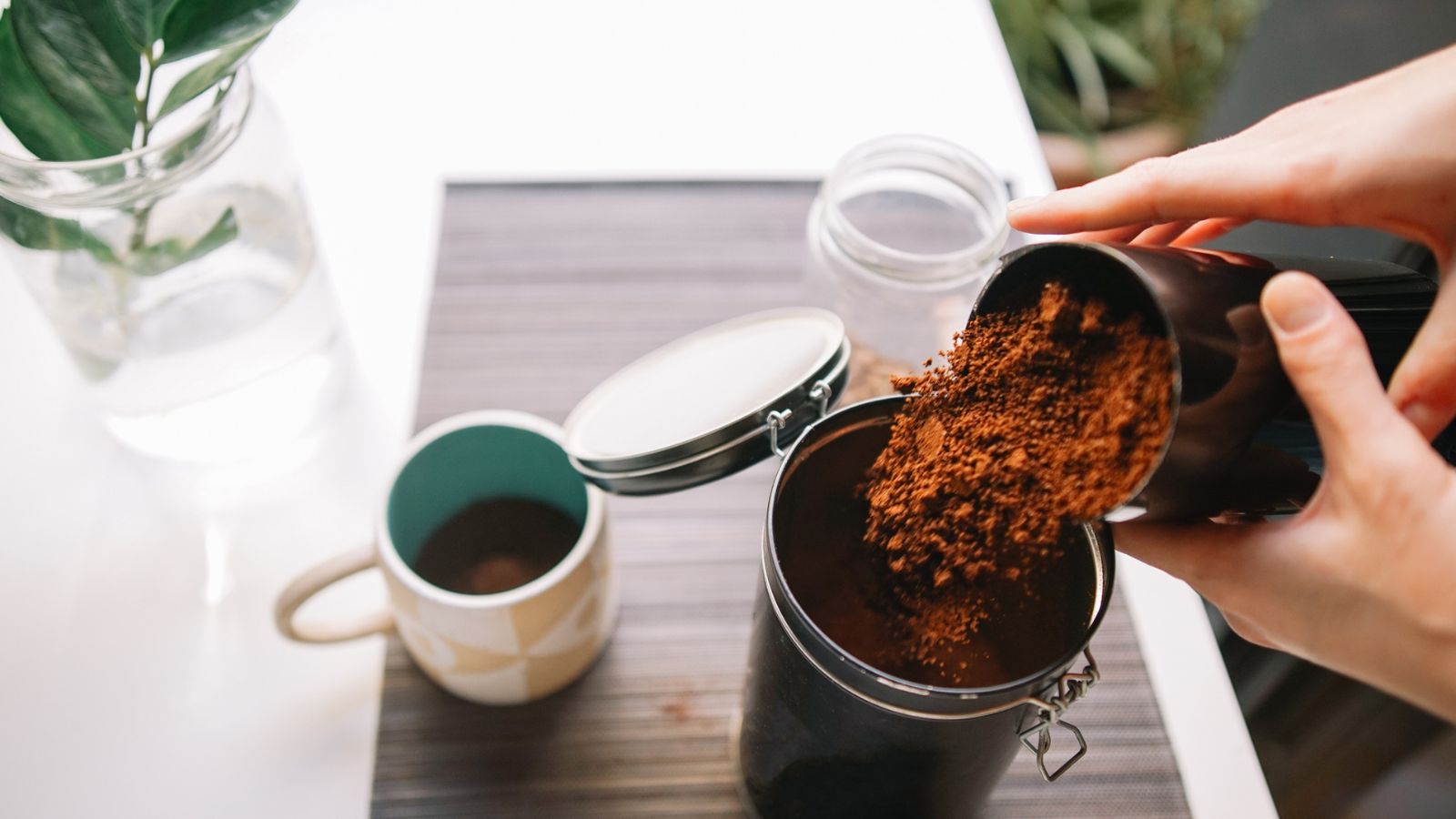
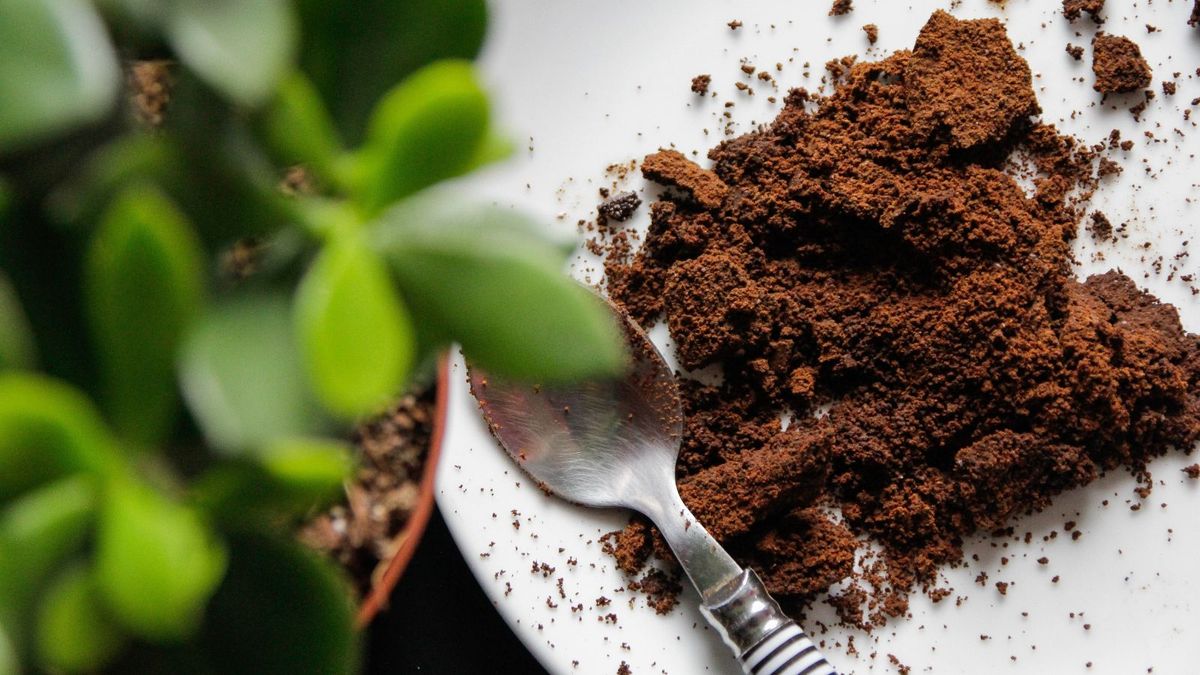
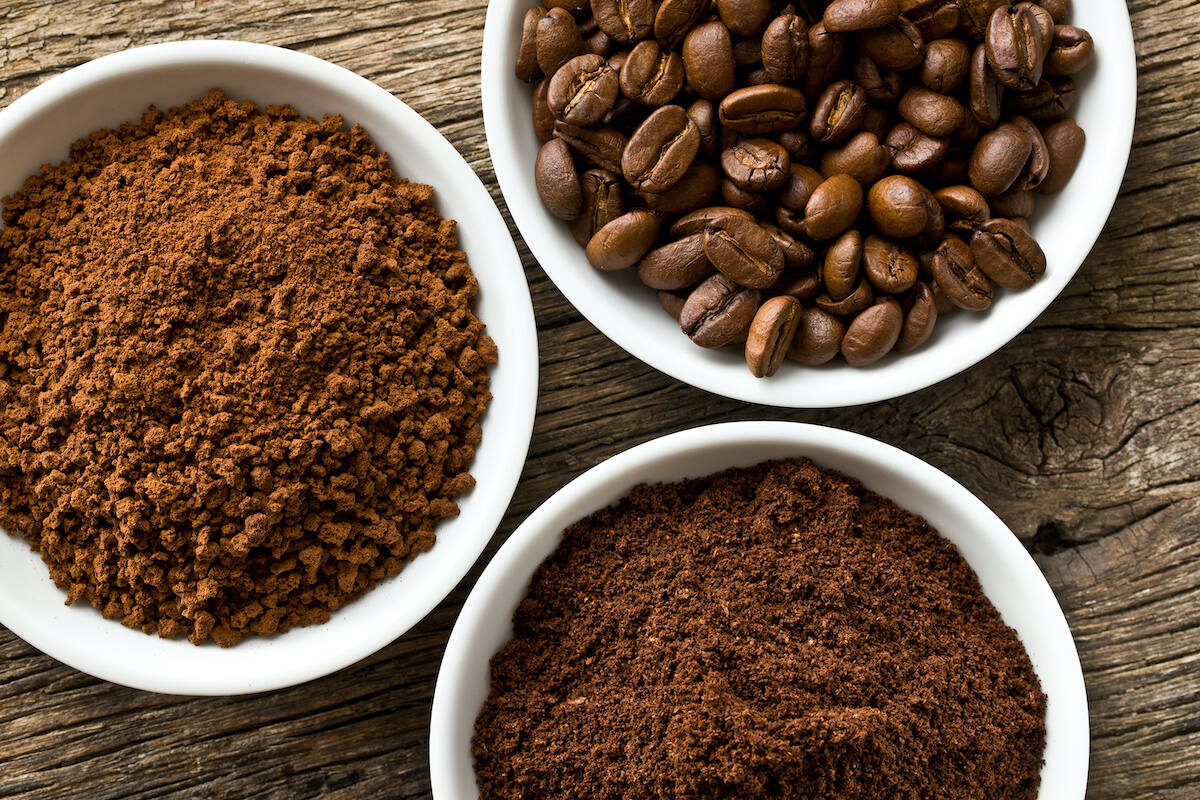
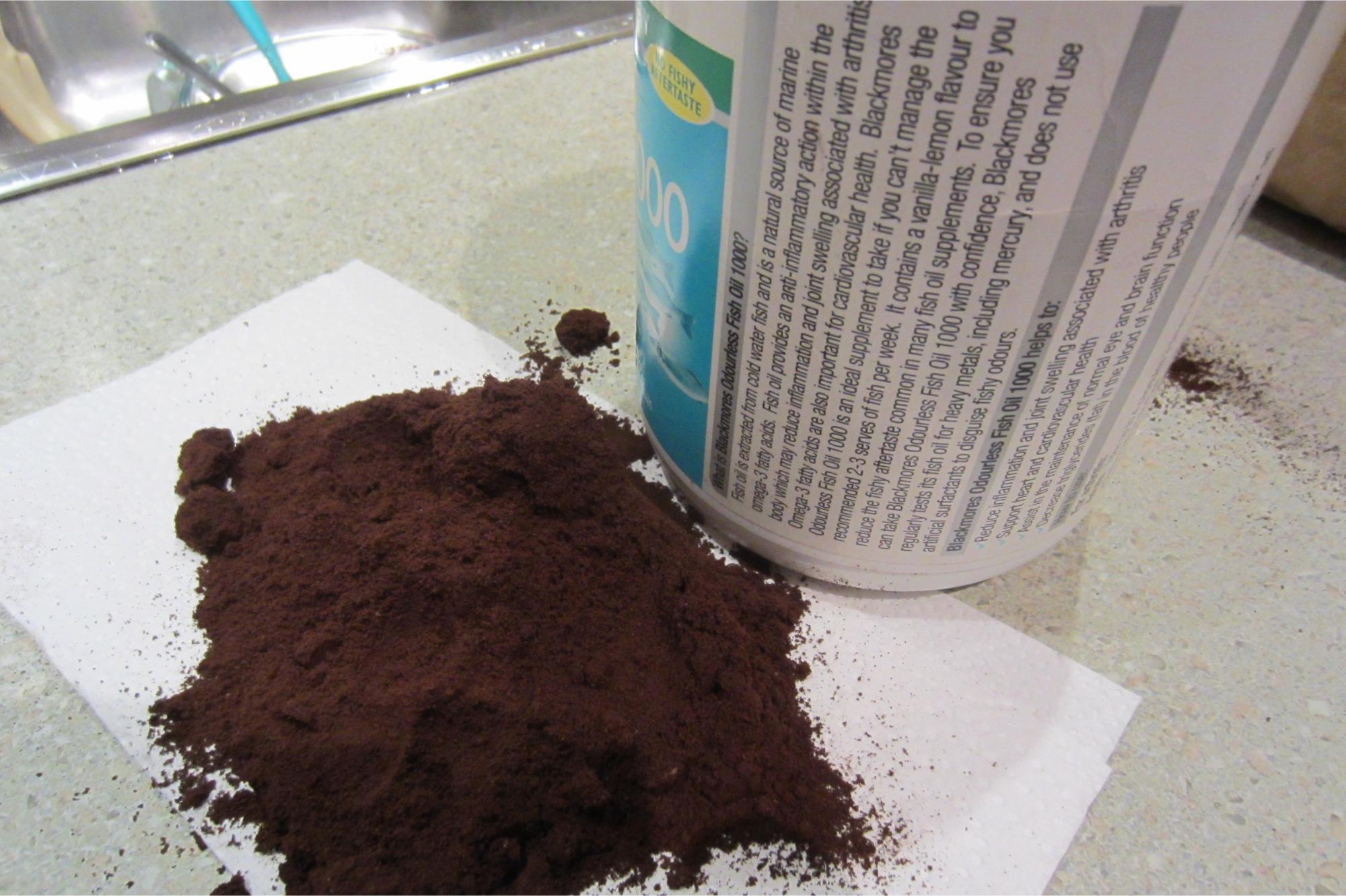





0 thoughts on “How To Store Ground Coffee Long Term”